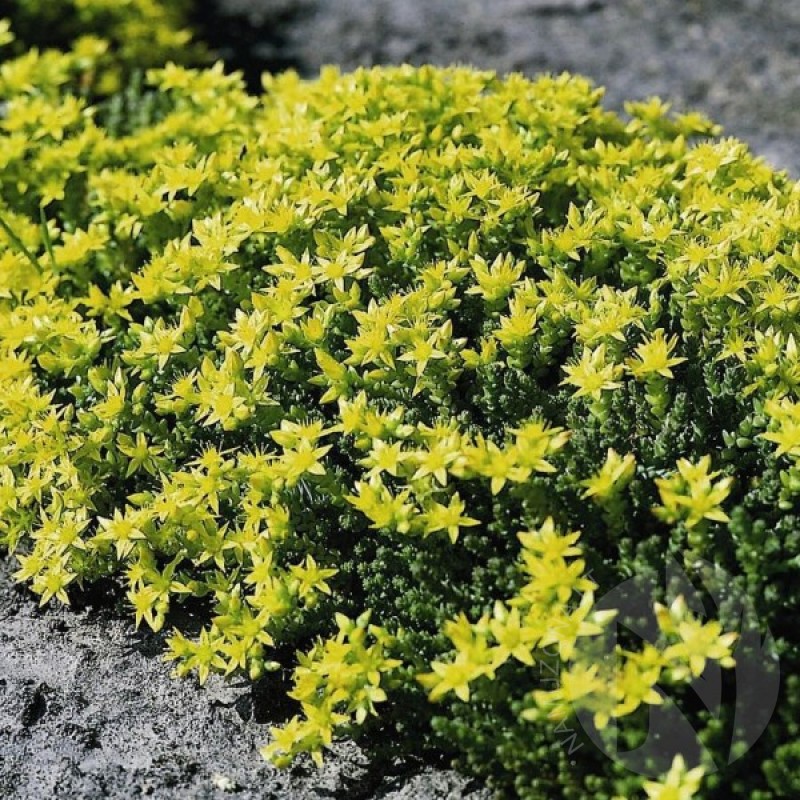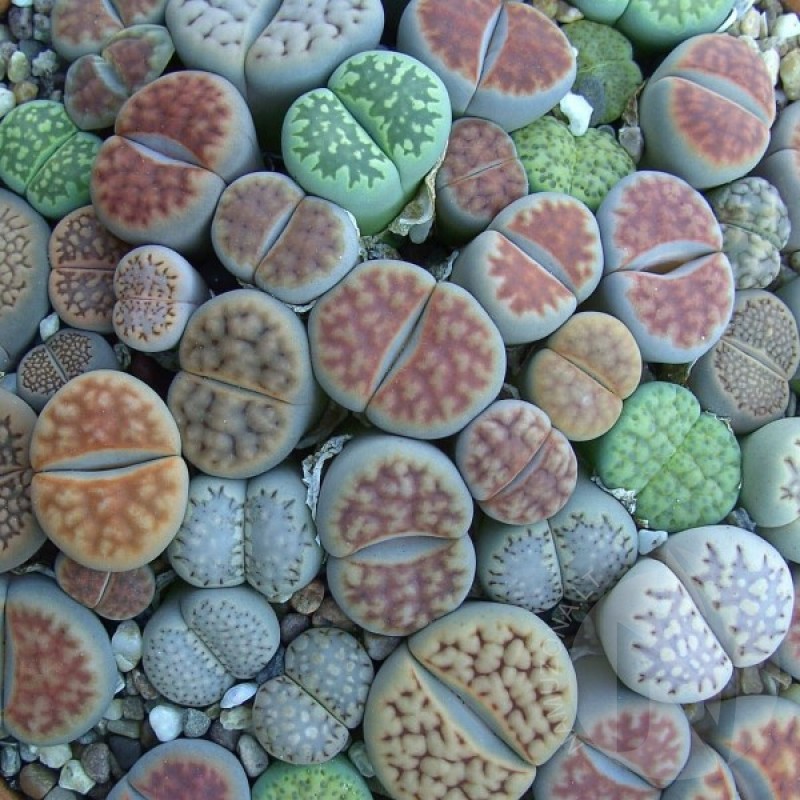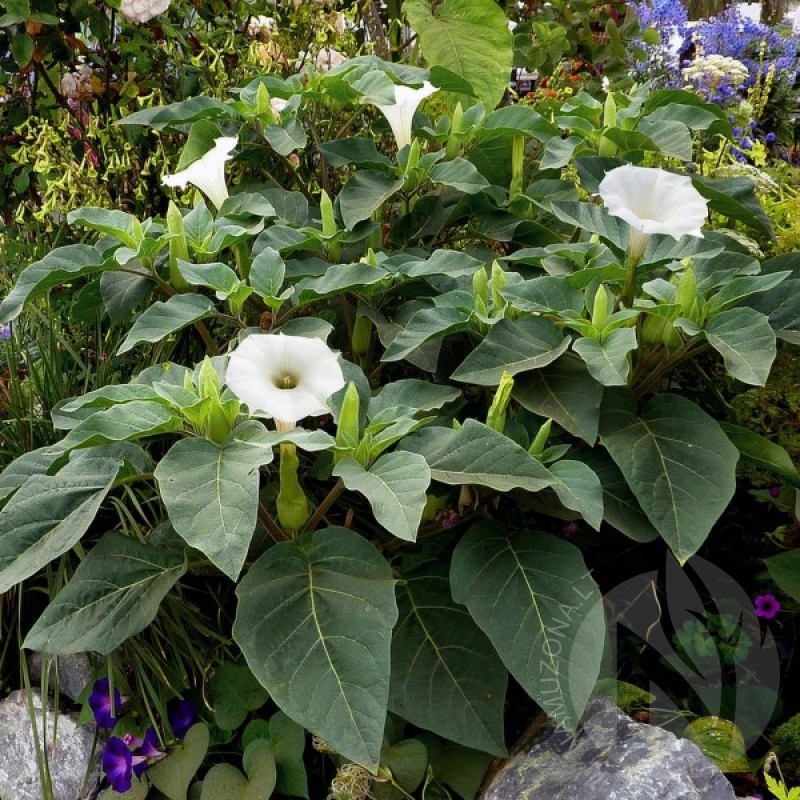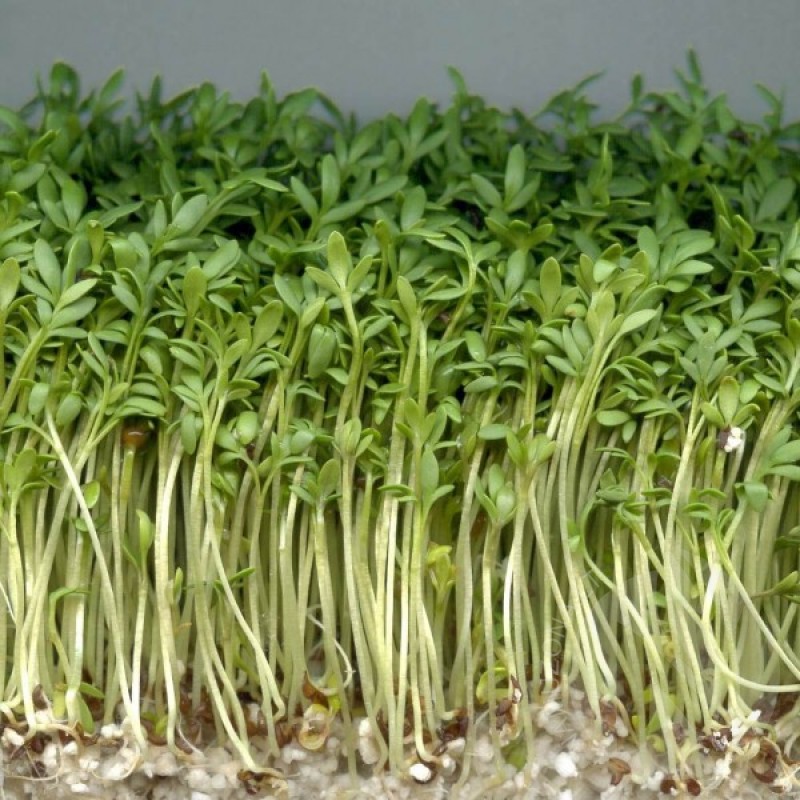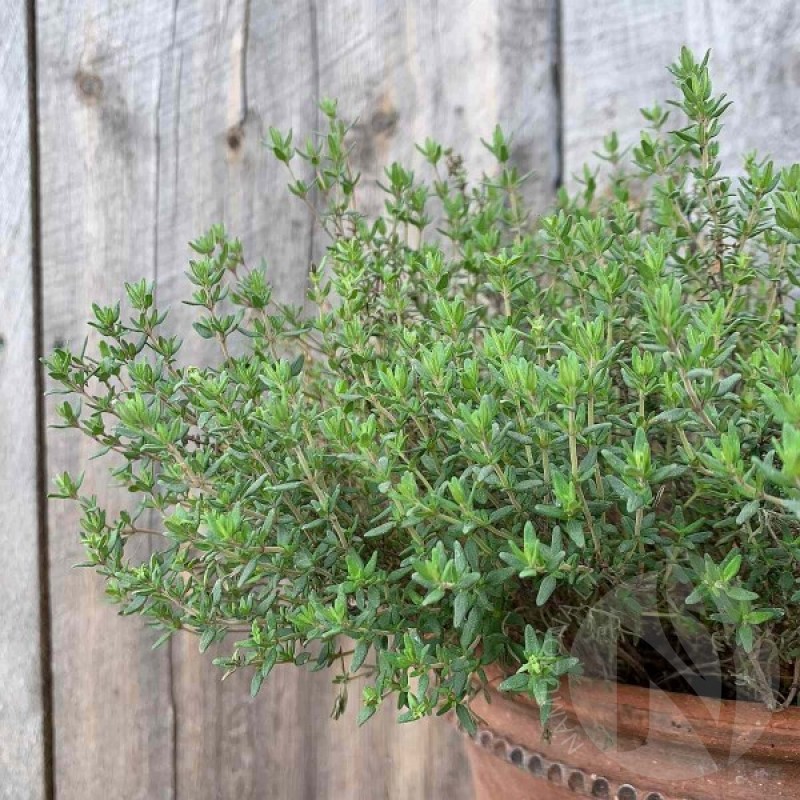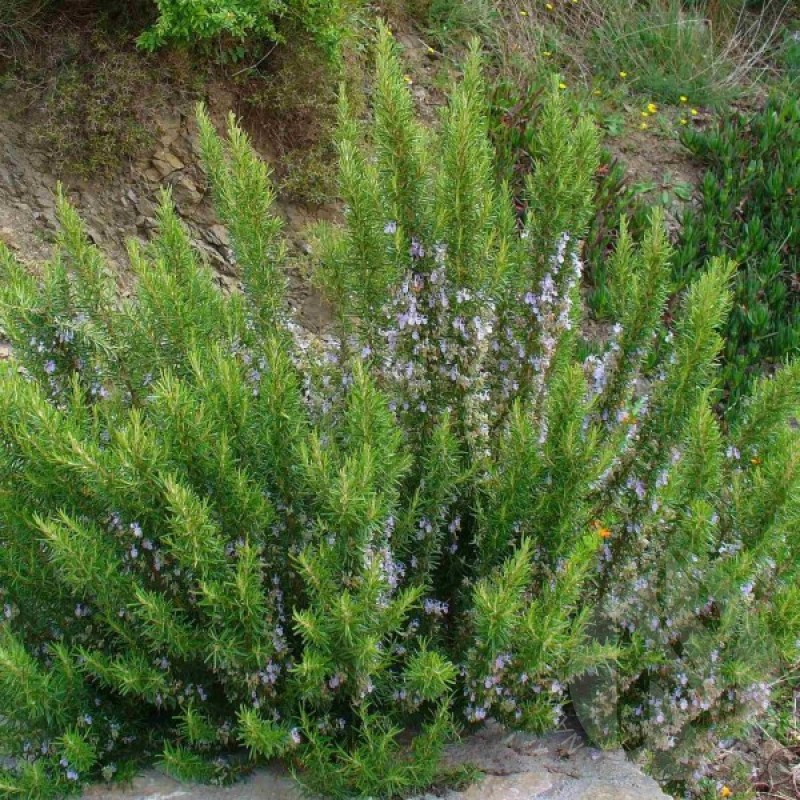
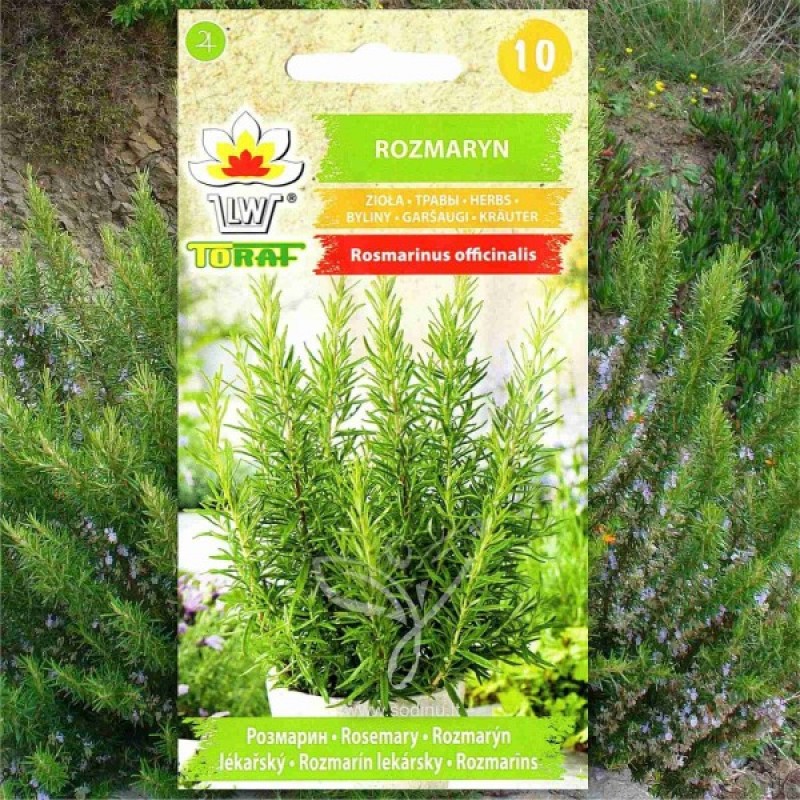
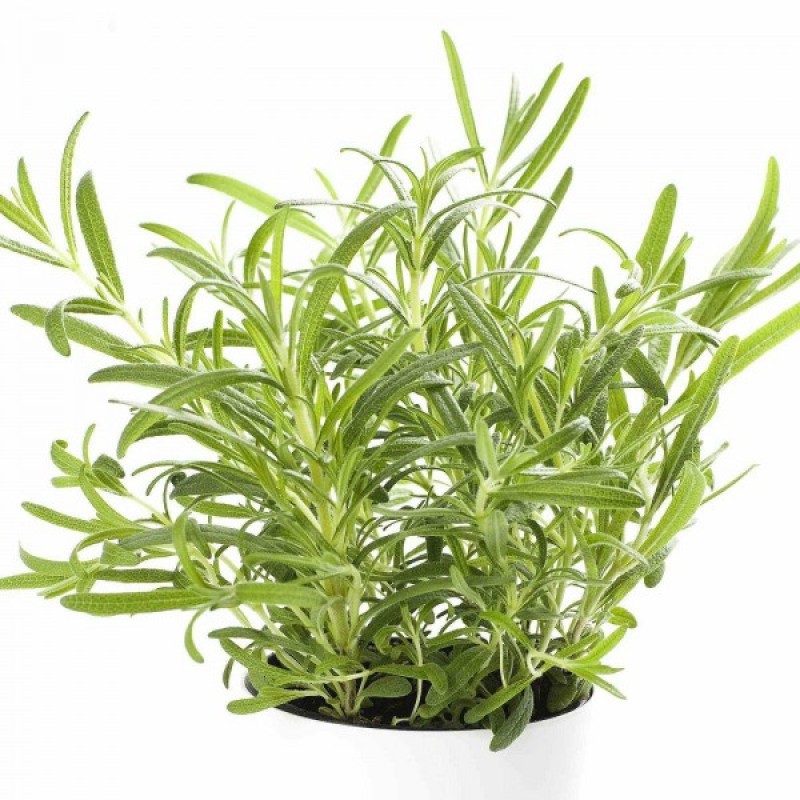
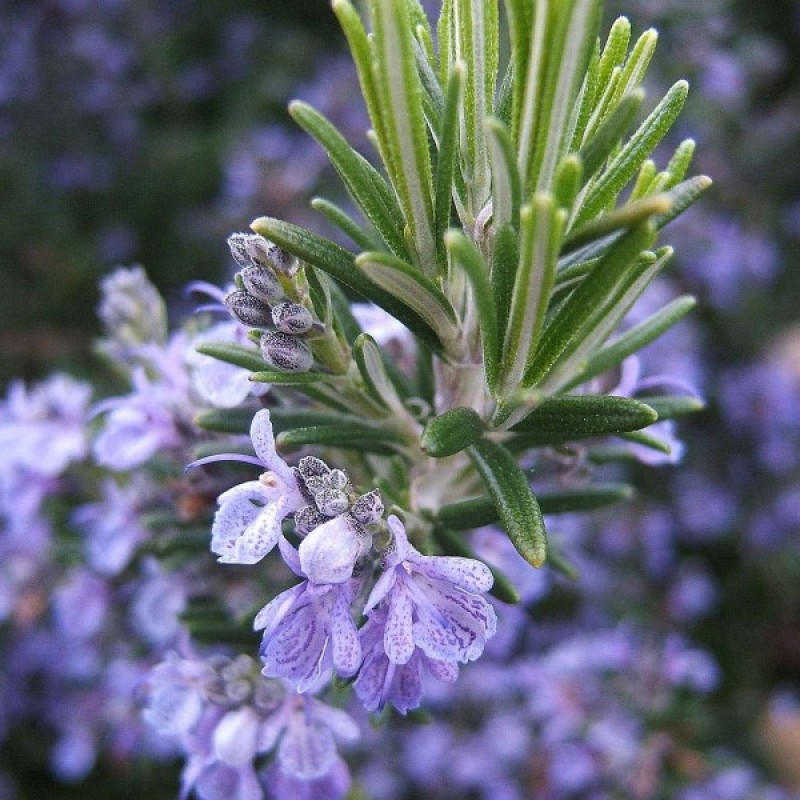
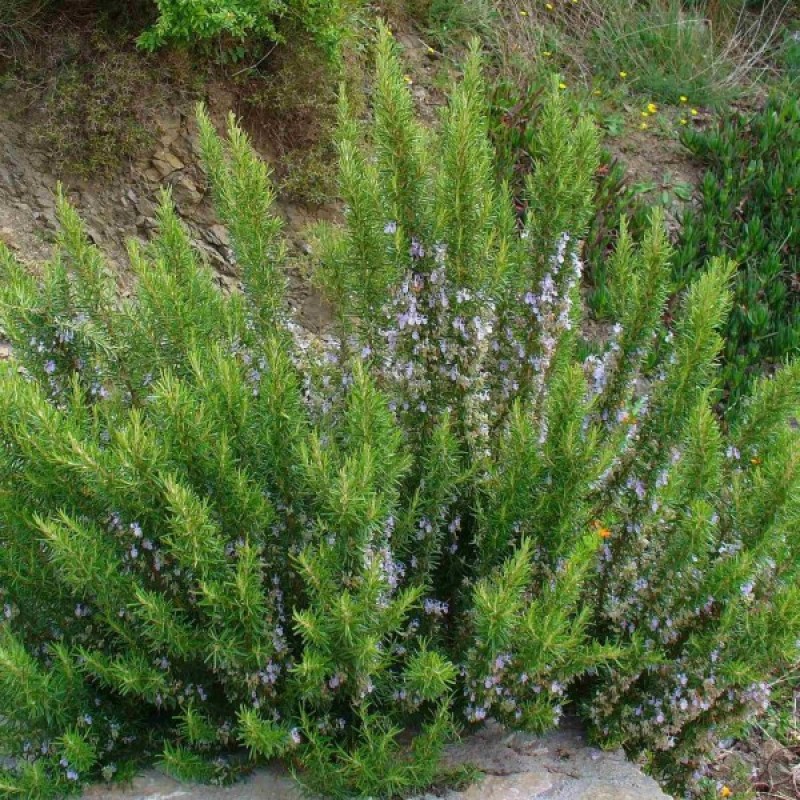
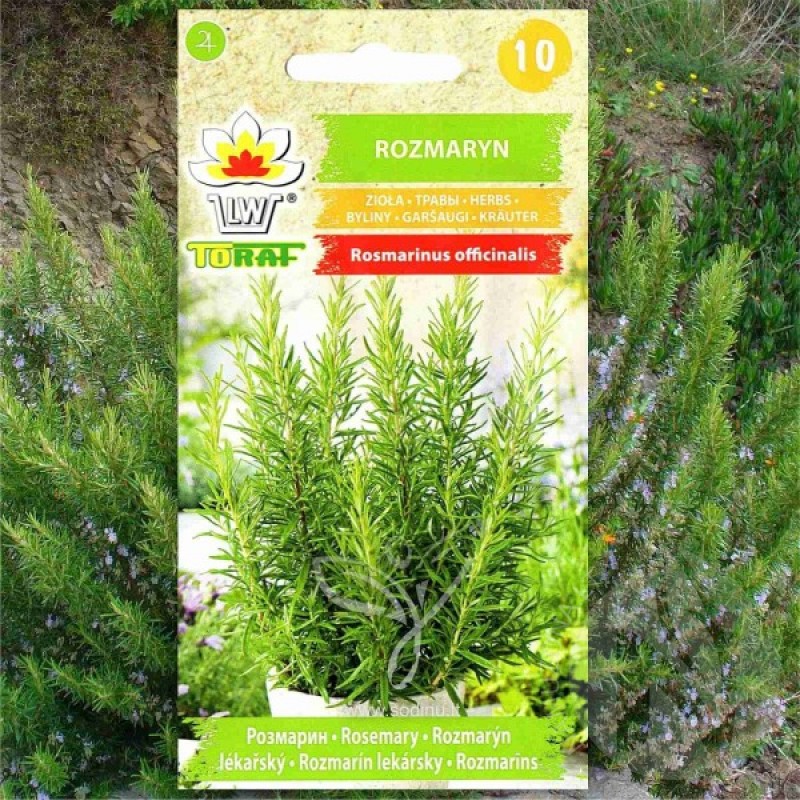
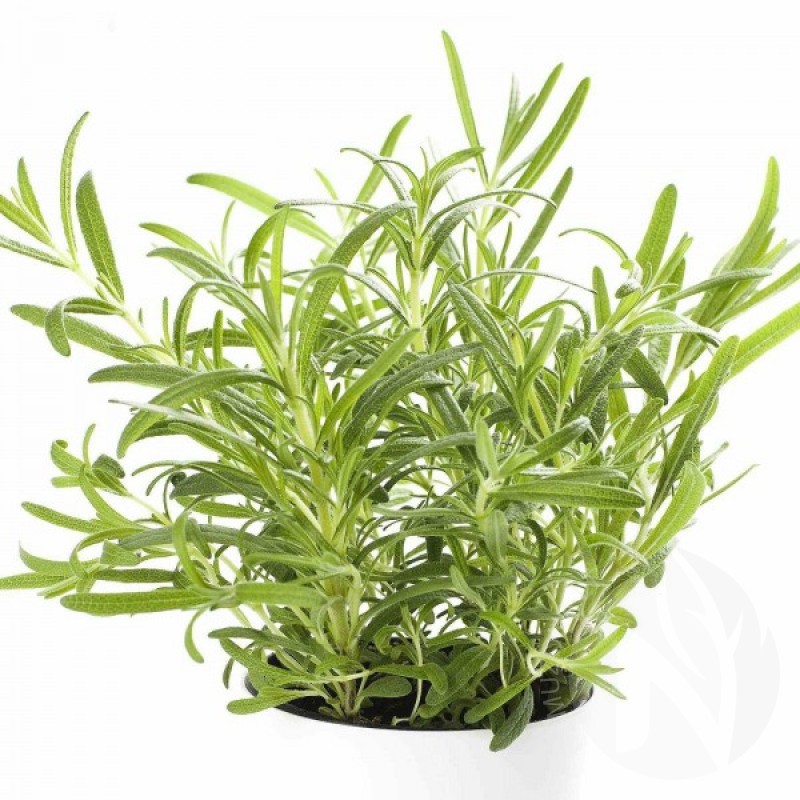
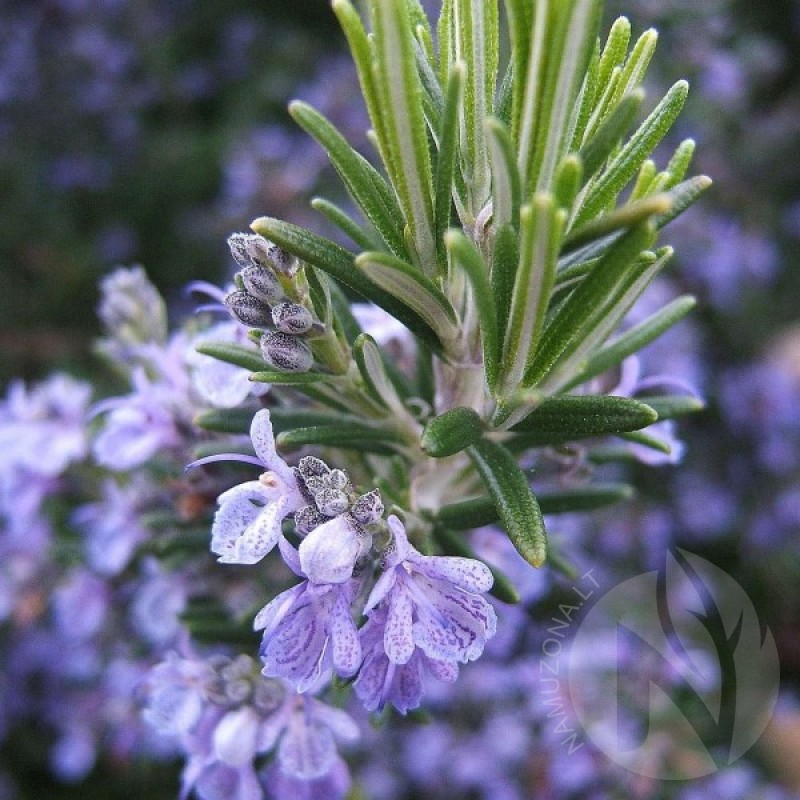
PAY ATTENTION!
All seeds (except SOLD OUT) are available for immediate shipping and will be dispatched within 1-2 business days.
INFORMATION NEEDED? PLEASE CONTACT US NOW!
Plants are not winter hardy in cooler climates below zone 7 and are typically grown in containers (clay pots best) which are brought indoors in fall and overwintered in a sunny, humid but cool room with good air circulation (powdery mildew often appears when air circulation is poor).
Where winter hardy, grow in herb gardens, borders or foundations. Ornamental specimen or low hedge. Container plants are attractive additions to patios, decks and other sunny areas around the home.
Leaves may be used (fresh or dried) in a variety of cooking applications such as stews, breads, stuffings, herbal butters or vinegars. Leaves also provide excellent flavor to meats, fish and vegetables. Leaves and flowers are used in sachets. Oil is commercially used in some perfumes, soaps, shampoos, lotions and other toiletries.
Rosemary has a long history of uses for a variety of medicinal and curative applications, some of which are of unsubstantiated value.
Fresh or dried leaves are used in traditional Italian cuisine. They have a bitter, astringent taste and a characteristic aroma which complements many cooked foods. Herbal tea can be made from the leaves. When roasted with meats or vegetables, the leaves impart a mustard-like aroma with an additional fragrance of charred wood compatible with barbecued foods.
Grow in light, slightly acidic, dry to medium, well-drained soils in full sun. Tolerates light shade, but best performance is in full sun. Established plants have good drought tolerance. Performs poorly in heavy clay soils. Wet, poorly-drained soils in winter are usually fatal.
Plants are not winter hardy in cooler climates below zone 7 and are typically grown in containers (clay pots best) which are brought indoors in fall and overwintered in a sunny, humid but cool room with good air circulation (powdery mildew often appears when air circulation is poor).
Best indoor location is in a sunny southern window. If at least 6 hours of sun per day cannot be provided indoors, then use of supplemental lighting (grow lights or florescent lamps) should be considered. Let soil dry out between water applications (dry on top, but not dry throughout). Avoid overwatering which inevitably leads to root rot. Take containers outside in mid-spring after the last frost date.
Information source: wikipedia.org, missouribotanicalgarden.org.
Approximately 50-60 seeds in 0.1 g packet.
Genus - Rosmarinus
Species - Officinalis
Common name - Rosmary
Pre-Treatment - Not-required
Hardiness zones - 4 - 10
Height - 0,60 - 1,80 m
Spread - 0,60 - 1,20 m
Plant type - Perennial herb
Vegetation type - Evergreen
Exposure - Full Sun
Growth rate - Medium
Soil PH - Neutral to alkaline (pH 7–7.8)
Soil type - Sand, Loam, clay,well drained
Water requirements - Average
Landscape uses - Xeriscape landscaping, culinary. It is easily grown in pots. Indoor plat
Bloom season - June to July
Leaf / Flower color - Green / Blue
GERMINATION INSTRUCTIONS
1. Seeds can be started all year long for indoor growing. But for outside growing start the seeds 6 to 12 weeks before warm weather hits. Rosemary seeds take a long time to germinate. By starting your seeds well before the last frost, you can improve your chances of having a decent rosemary seedling to transplant by spring.
2. Soak the seeds for a few hours before planting. Pour your seeds into a shallow glass and add about twice as much water. Doing so lets the seeds absorb water, making them more likely to germinate.
3. Fill a seed tray with well-drained potting mix. A commercial base designed for seeds will often work, or you can use garden sand or vermiculite
4. Plant the seeds in the tray. Since rosemary has a low germination rate, you should plant several seeds into one slot to improve your chances of a seedling growing in each slot. Sprinkle the seeds onto the top of the potting mix before sprinkling a little more potting mix over the seeds.
5. Water lightly. Spray the seeds with a gentle mist from a spray bottle. The soil should be moist, but not damp.
6. Cover the tray. Put plastic wrap over the tray, tightly wrapping it across the top.
7. Place the tray on a heat mat. The seeds require warmth to germinate. You can also sit the tray in a warm spot if you do not have a heat mat, but the ideal temperature should be between +25-+30C.
8. Allow seedlings to sprout. Within six to eight weeks, you will likely see small seedlings begin to peak through the soil. At this point, you can remove the plastic wrap.
9. Place the seedlings in a sunny spot. After germination, rosemary needs plenty of warmth and light to continue growing. You should also keep the plants lightly watered during this time.
10. Continue growing until the plants are ready for transplanting. The rosemary will be ready for transplanting once the sprouts are about 8 cm tall.
Information source: http://www.wikihow.com/Grow-Rosemary-from-Seed.
No questions about this product.

